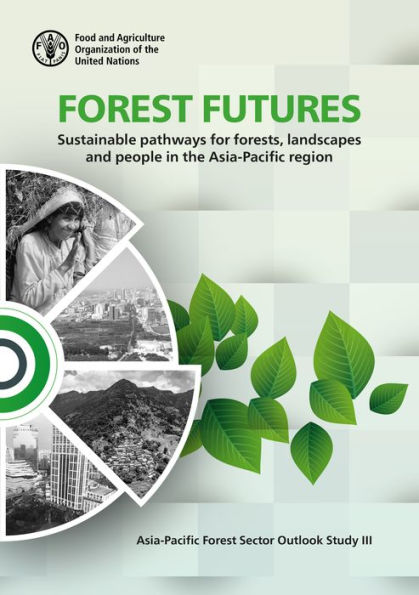5
1

Forest Futures: Sustainable Pathways for Forests, Landscapes and People in the Asia-Pacific Region: Asia-Pacific Forest Sector Outlook Study 3

Forest Futures: Sustainable Pathways for Forests, Landscapes and People in the Asia-Pacific Region: Asia-Pacific Forest Sector Outlook Study 3
0.0
In Stock

Product Details
| BN ID: | 2940163255214 |
|---|---|
| Publisher: | Food and Agriculture Organization of the United Nations |
| Publication date: | 06/18/2019 |
| Sold by: | Smashwords |
| Format: | eBook |
| File size: | 14 MB |
| Note: | This product may take a few minutes to download. |
About the Author
From the B&N Reads Blog
